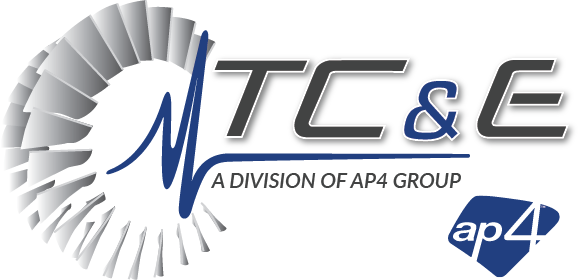Are you calibrating your gas valves on a quarterly basis? If so, it’s important to know that each time you calibrate your gas valves affects the DLN tuning of your unit, which can cause issues with emissions and combustion dynamics.
In this article, we will explain more about proper DLN gas valve maintenance, the difference between exercising and calibrating DLN gas valves, and when you should perform each method.
Exercise vs. Calibration
At TC&E, many of our customers come to us about calibrating their gas valves. Over the large number of plants that we visit in any given year, we’ve noticed that customers have been unnecessarily calibrating their gas valves. In many of these cases, there hasn’t been any maintenance or repair needed that would warrant calibration. Although we recommend calibration as a best practice periodically, we do not recommend this outside of major maintenance.
Calibration should only be performed when the customer intends to also tune the unit. This typically only happens when a customer comes off a major maintenance event, such as replacing hot gas path or combustion components.
As mentioned briefly above, frequent and unnecessary calibration can affect the DLN tuning of the unit, which can cause bigger problems down the road, such as emissions issues and combustion dynamics.
How TC&E Can Help
At TC&E we take our experiences on customers’ sites, learn from them, and help others. Our team is equipped with the necessary knowledge, experience, and professional resources to help with regular maintenance, recommend upgrades when necessary, and even work with OEMs to get the job done.
Both customers and OEMs recognize our team’s ability to serve as the expert team to be on-site, do the work, and also perform any other non-OEM tasks.
To learn more about our projects, or to request a free quote, contact the team at TC&E today.
 Watch Our Webinar & Videos
Watch Our Webinar & Videos